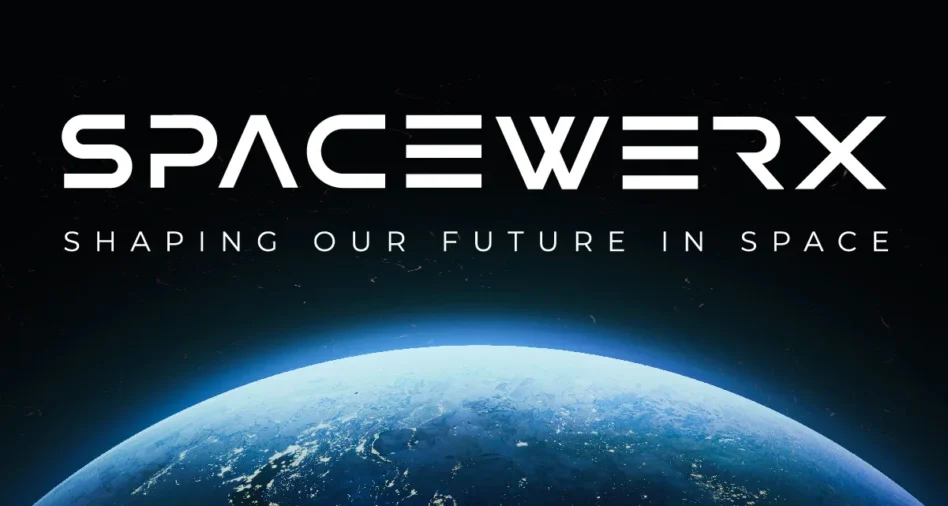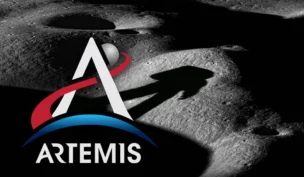COLORADO SPRINGS, CO—SpaceWERX is looking at how to get companies out of the so-called “valley of death” by launching new programs to help companies make the leap from innovative demo missions to big-dollar programs of record.
Officials said that they are seeing a dropoff between SBIR Phase II awards, which are often for demo missions or tech maturation, to Phase III, which are run by the broader DoD to fill the military’s programmatic needs.
“What that tells us is we aren’t preparing our Phase II companies well enough to compete for program of record activities,” Maj. Jareth Lamb, the SpaceWERX Ventures chief, told Payload. “Where are those pain points? It’s cybersecurity…it’s regulatory hurdles. For space, there’s the added complexity of you probably have to put something on orbit.”
Helping hand: The office has implemented a couple new programs aimed at closing this gap and boosting the percentage of companies that move from SBIR Phase II to Phase III, Lamb said. These programs are designed to help companies have a better shot at success during their first mission and set them up for a longer-term partnership with the Defense Department.
“It’s just another tool we’re adding to our toolkit to facilitate small businesses being successful,” Lamb said.
Some of the programs to help industry include:
- An incubator designed to help startups navigate the numerous rules and regulators that come with working with the government.
- A closer partnership at an earlier stage with the DoD program office.
- A Technology Readiness Level bootcamp that allows companies to work with the Aerospace Corporation and learn from their long history of space operations.
- Strategic Funding Increase and Tactical Funding Increase programs to try to get tech into troops’ hands faster.
The upper hand: The idea behind SpaceWERX is to give the US an edge over competitors such as China, which have a top-down and effective approach to space innovation.
“Here in America, we have engineering, we have innovation. A lot of those great ideas come from the bottom up from all these small businesses,” said Arthur Grijalva, the director of SpaceWERX. “So here at SpaceWERX we invest into these ideas, we plant these innovation seeds, we watch them grow. Then we take the best and brightest ideas and we aim to transition them into programs of record.”
What’s next: SpaceWERX is evaluating potential topics for a follow-on to its Orbital Prime program, which awarded 124 Phase I contracts to organizations working on ISAM and active debris removal. Grijalva declined to share potential themes for the office’s next prime program, but said officials are looking at areas of the industry where an initial investment from DoD could help the sector blossom, and will present ideas to Frank Calvelli, the Pentagon’s space acquisition chief.
Additional reading: On the civil side, a Payload Research analysis last month found that companies participating in NASA’s SBIR program feel they also struggle to reach the coveted Phase III award phase.
Correction: This story has been updated to correctly reflect Maj. Jareth Lamb’s military ranks.




